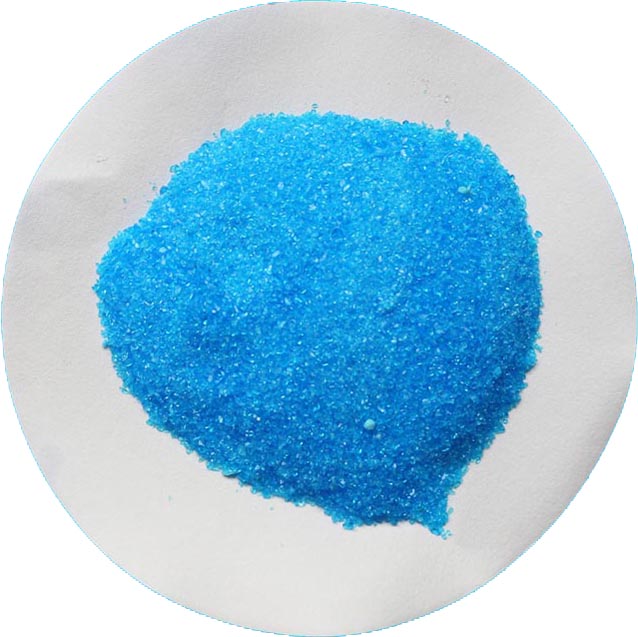In order to achieve the purpose of rapid fire extinguishing, the relevant regulations have clearly stipulated the water volume and water pressure of the indoor fire-fighting water supply system. In urban water supply, most urban networks are branched, and living and fire fighting adopt a combined system. When a fire occurs, the pressure of the municipal pipe network and the amount of water at the outlet of the accidental point cannot meet the pressure and flow of high-rise building design. On the one hand, even if the municipal pipe network can meet the requirements of its water consumption, it is generally not allowed to pump directly from the pipe network to avoid negative pressure in the water supply pipe and affect other users around it. Therefore, high-rise buildings are usually designed fire pools. , Or use water wells, natural water sources, etc. to supply water through pumps and other pressurized equipment. The regulations stipulate that the water supply equipments with regulated pumps, pressure tanks and variable frequency speed control pumps are all temporary high pressure water supply systems, and temporary high pressure systems should be equipped with fire water tanks to ensure the most unfavorable points in the initial stage of fire fighting of indoor fire hydrants and automatic sprinkler systems. The amount of water and water pressure required for a fire can achieve the purpose of rapidly extinguishing the initial fire.
1. Volumetric Calculation of Fire Fighting Tanks For a system that requires a fire fighting tank, its water storage capacity should first meet the fire-fighting requirement for 10 minutes (minutes) of indoor water consumption. In order to facilitate maintenance and management, the customary practice at design time is to integrate living and fire fighting water tanks. For combined water tanks, the effective volume should meet: V = Vt + Vs + Vf + Vx, where Vt (m ^ 3) is the amount of domestic water, Vs (m ^ 3) is the amount of life regulation, Vf (m ^ 3) is the peak load reserve, Vx (m^3) is the firefighting water consumption, where Vx = q600/1000, q is the design water consumption (l/s) of an indoor fire hydrant or automatic sprinkler system. If the indoor fire hydrant and the automatic sprinkler system tank are separately set, their capacities should meet their respective requirements. When indoor fire hydrants and automatic water jetting systems share a single fire water tank, according to the specifications of the “Specifications for Design of Automatic Sprinkler Systems (GBJ84-85)â€, the fire-fighting water consumption can be no less than 18 cubic meters. Because in the same building, when the fire occurs, the automatic sprinkler system starts to fire the sprinkler before the indoor fire hydrants are put into use. If each sprinkler is calculated according to the flow rate of 1.331/s, 23 sprinklers can be used for 10 minutes. The quantity, or the 10 min water consumption of 15 nozzles of 2 water guns, is in line with the requirements for initial fire suppression. For systems using partitioned water supply, if parallel mode is used, the volume of fire water in the tanks in each zone shall be calculated according to the above formula; for the water supply system with series connection, the water tanks at this time shall be mainly used for guaranteeing 10 minutes of water consumption for low-area fire fighting. From the role of the pool in the previous district, its fire storage capacity should meet the water consumption in the area during the fire duration, that is, Q=(q1t1+q2t2)-q3t3, (q1, q2, q3 are indoor fire hydrant, automatic sprinkler system design flow, and tank water supply Flow rate, t1, t2, t3 are the fire duration and water supply time specified by the regulations. At the same time, it should also meet the domestic water demand in the area. In order to ensure that the fire fighting water volume is not diverted for other purposes, the water outlet pipe of the water tank must adopt certain technical measures. Generally, the living and fire water outlet pipes should be set separately, and the siphon breaking method and the control water level method should be adopted on the domestic water outlet pipe. . as the picture shows. For buildings over 50m in height, the indoor firefighting water supply system should have two tanks in each zone and be connected by connecting pipes. The tank, which also serves as a pool, should be divided into grids so that water can be kept clean during cleaning and overhaul.
2. Firefighting water tank piping layout According to the requirements of the code, fire water tanks shall be provided with water inlet pipes, outlet pipes, overflow signal pipes, ventilation pipes, etc. In order to ensure that water quality is not polluted and discharge sediments and impurities in water regularly, fire water tanks shall also be provided. Vent tube. For the diameter of the outlet pipe, it should be determined according to the designed flow rate and flow rate, that is, d(m)=(4q/3.14v)^(1/2)(q:m^3/sv:m/s). For the hydrant system, after the water outlet pipe of the water tank is pressurized (it means that the height of the water tank cannot meet the hydraulic calculation requirements), it can be directly connected with the fire hydrant pipe network, and for the automatic sprinkler system, it must go through a wet alarm valve before it can Spray risers are connected and must not be directly connected to the pipe network without a wet alarm valve, because the hydraulic alarm on the alarm valve is triggered by the impulse of water. If there is no alarm valve, fire will occur when the fire alarm occurs. Can not enter the alarm channel, resulting in pressure switch, hydraulic alarm does not work, but will not send a quick electrical signal to start the spray pump, so that the water within the pipe network is not fully guaranteed. In order to prevent water from entering the fire water tank through the water supply network after the fire pump is turned on, a check valve shall be added to the water outlet pipe of the fire tank to prevent water from entering the fire tank and ensure that the pressure of the pipe network is maintained when the fire pump is turned on.
3. Pressurization measures According to the specification, the height of the high-level fire water tank should meet the water pressure requirements of the most unfavorable point in the system. The hydrostatic pressure of the fire-fighting plug at the most unfavorable point should not be less than 7m water column (the hydrostatic pressure not less than 15m water column when exceeding 100m. The working pressure of the nozzle at the most unfavorable point should not be less than 5m water column. If the loss along the course and local head is added, the geometric height of the lowest point and the most unfavorable point of the water level of the fire tank is not less than 20m, which not only affects the The beauty of the building also caused certain difficulties for the structural design and construction of the building. Therefore, the fire water tank located at the top of a high-rise building generally cannot meet the water pressure requirements of the most unfavorable point fire hydrants or automatic water spraying equipment. Booster facilities. The commonly used equipment is a pressure tank or a regulated pump. In the design, if a pressure pump is separately provided on the outlet pipe of the water tank, since there is no water quantity to be regulated in the pipe network, once the pipe network leaks, the pressure in the pipe network will rapidly drop, and the pressure pump will be activated. Closed frequently, affect its service life. For the design of pneumatic water supply alone, there are many in practical projects. In the project that the city has already put into use, designers often use the pump and the pressure tank in series to pressurize, after practice has proved that the effect is very good, as shown in the figure. Under normal circumstances, the pressure of the pipe network is maintained by a small pressure tank. The storage capacity of the tank is mainly responsible for trapping and the pump has a small flow rate and a low head. After the pump is started, the water in the roof tank is sent to the fire pipe network through the suction pipe and the water pump. At the same time, a part of the water enters the pressurized tank and the water pump is opened and closed by the pressure gauge on the tank. Due to the amount of regulated water in the system, frequent starting of the pump can be avoided. The equipment structure is relatively simple, the floor space is small, and in the absence of electricity, the water can also be extinguished.
Copper(II) Sulfate, also known as cupric sulfate, or copper sulphate, is the inorganic compound with the chemical formula CuSO4(H2O)x, where x can range from 0 to 5. The pentahydrate (x = 5) is the most common form. Older names for this compound include "blue vitriol", "bluestone", "vitriol of copper", and "Roman vitriol".
The Copper Sulfate Pentahydrate (CuSO4·5H2O), the most commonly encountered salt, is bright blue. It exothermically dissolves in water to give the aquo complex [Cu(H2O)6]2+, which has octahedral molecular geometry. The structure of the solid pentahydrate reveals a polymeric structure wherein copper is again octahedral but bound to four water ligands. The Cu(II)(H2O)4 centers are interconnected by sulfate anions to form chains. Anhydrous Copper Sulfate is a white powder.
Analytical reagent
Several chemical tests utilize copper sulfate. It is used in Fehling's solution and Benedict's solution to test for reducing sugars. It is also used in the Biuret reagent to test for proteins. Copper sulfate is used to test blood for anemia.
In a flame test, its copper ions emit a deep green light, a much deeper green than the flame test for barium.
Organic synthesis
Copper sulfate is employed in organic synthesis.
Feed and food additive
It can be used in food or feed additives. It corrects copper deficiencies in the soil and animals and stimulates farm animals' growth.
Copper sulfate is used as an anti-fungal agent to protect seeds against fungus and to protect horse hooves from infection. It inhibits growth of bacteria such as Escherichia coli.
Etching
Copper sulfate is used to etch zinc or copper plates for intaglio printmaking. It is also used to etch designs into copper for jewelry, such as for Champlevé.
Dyeing
Copper sulfate can be used as a mordant in vegetable dyeing. It often highlights the green tints of the specific dyes.


Copper Sulfate
Copper Sulfate,Copper Sulfate Pentahydrate,CuSO4.5H2O,
Jiangsu Kolod Food Ingredients Co., Ltd. , http://www.kolodchem.com